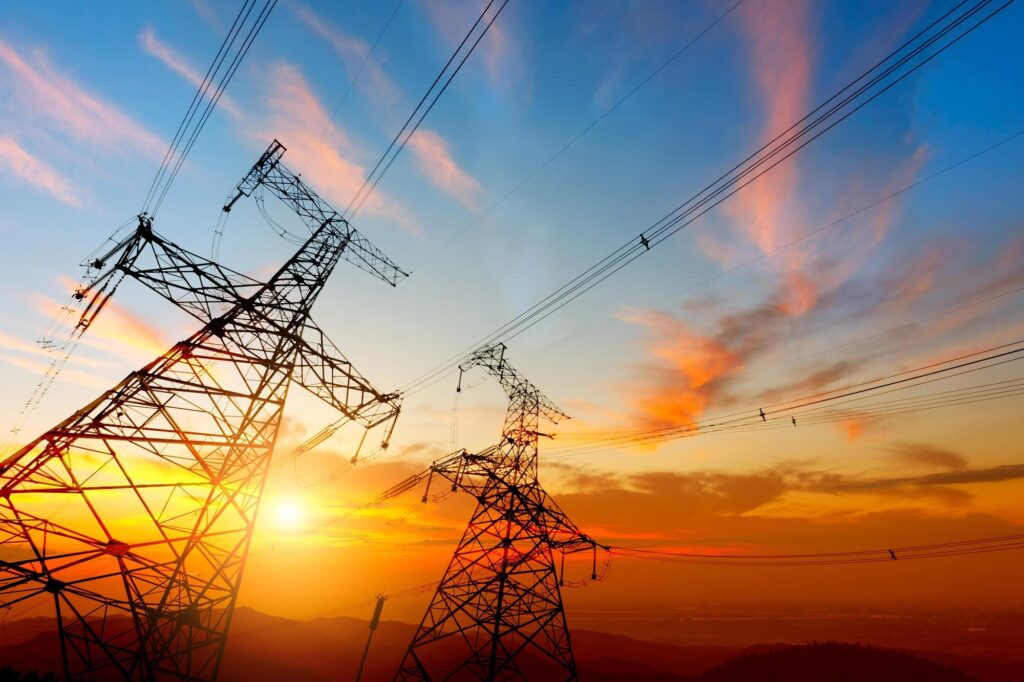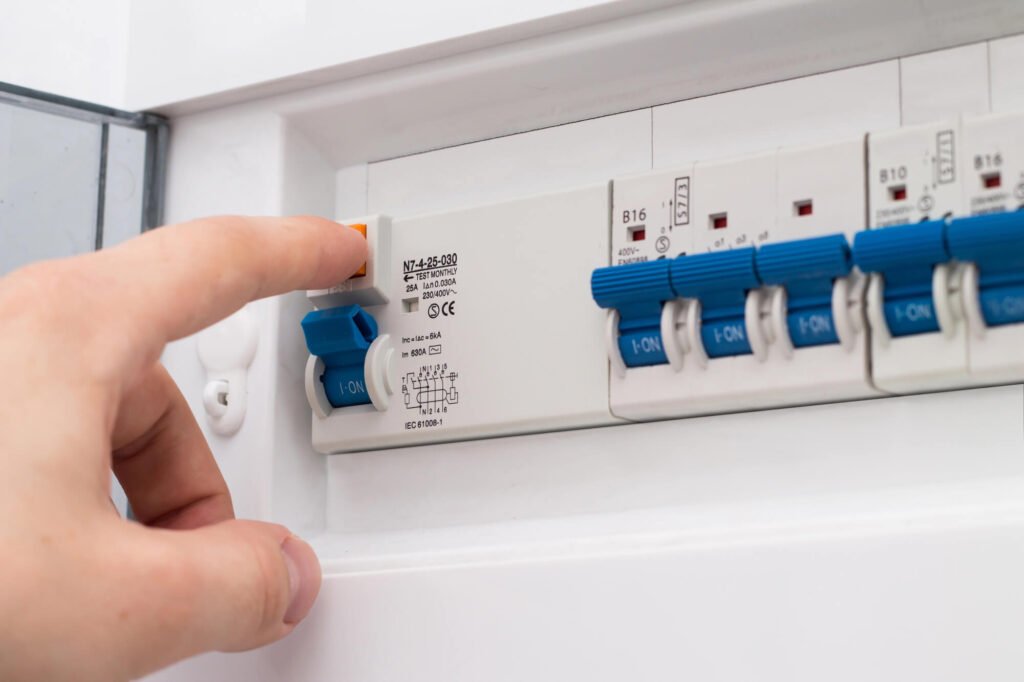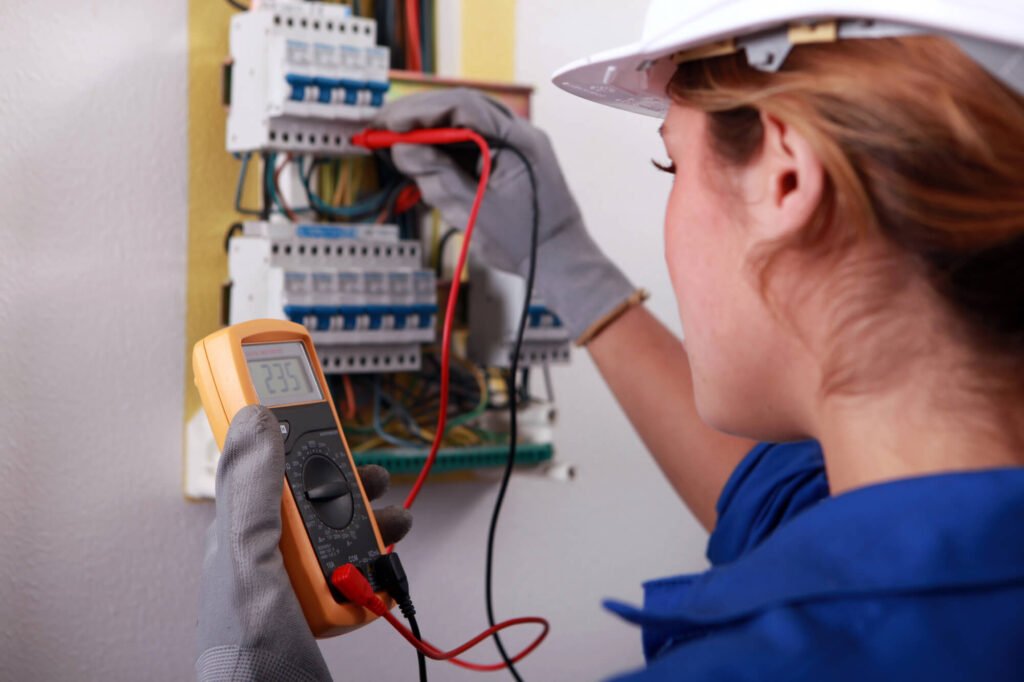
Electricity powers our homes, providing the energy needed to light our rooms, run our appliances, and charge our devices. It’s a ever-present part of modern life, but its invisible nature can sometimes lead to overlooked dangers. Understanding how electricity works within our homes is essential for ensuring safety for ourselves and our families.
In this guide, we’ll delve into the essential aspects of electrical safety, providing practical tips and recommendations to help you create a safer living environment.
Understanding Electrical Safety Basics
At its core, electricity flows through a network of wires, circuits, and outlets, delivering power to various devices and appliances. When everything functions correctly, electricity is a reliable and convenient resource. However, over time, and with improper management, it can pose significant hazards.
For one, faulty wiring is a prevalent issue, especially in older homes where wiring may have deteriorated over time. These worn wires become frayed or damaged and can lead to electrical fires or shocks if not promptly addressed. Overloaded circuits are another common problem, particularly in homes with numerous electronic devices and appliances (as we admittedly all have). Plugging too many devices into a single outlet or circuit can exceed its capacity as well, increasing the risk of overheating and fire.
Damaged appliances pose a significant risk too. Whether it’s a worn-out power cord or a malfunctioning component, damaged appliances can cause electrical faults that jeopardise safety. Additionally, exposed wires, whether from damaged cords or poorly installed outlets, present a direct risk of electric shock.


Essential Electrical Safety Features
Let’s explore some of the most essential electrical safety features every Australian homeowner should be familiar with:
Safety Switches (RCDs)
Safety switches, also known as Residual Current Devices (RCDs), are critical components of electrical safety in the home. These devices monitor the flow of electricity and quickly shut off power in the event of a fault, such as a ground fault or leakage current. By interrupting the circuit, safety switches prevent electric shocks and reduce the risk of electrical fires. Ideally, safety switches should be installed on every circuit in your home, including power outlets, lighting circuits, and fixed appliances.
Circuit Breakers and Fuses
Circuit breakers and fuses serve as crucial safeguards against electrical overloads and short circuits. While they both perform a similar function – interrupting the flow of electricity when necessary – there are key differences between the two.
Circuit breakers are mechanical devices that automatically trip (or switch off) when they detect an excessive current flow in a circuit. They can be reset manually after tripping, making them a convenient and reusable solution for protecting electrical circuits.
On the other hand, fuses are older technology that operates on a one-time basis. When a circuit experiences an overload, the fuse melts, breaking the circuit and preventing further damage. Unlike circuit breakers, fuses must be replaced after they have blown, which can be inconvenient and time-consuming.
Surge Protectors
Surge protectors are essential for safeguarding sensitive electronic devices from voltage spikes and power surges. These transient increases in voltage can occur due to lightning strikes, power grid fluctuations, or electrical malfunctions, posing a significant risk to electronics.
Unlike standard power strips, which offer multiple outlets for plugging in devices, surge protectors feature built-in surge suppression technology. This technology diverts excess voltage away from connected devices, shielding them from potential damage. When selecting surge protectors for your home, it’s crucial to choose models with adequate surge suppression capacity and joule ratings.
Smoke Alarms
Smoke alarms are indispensable devices for early detection of fires, including those caused by electrical faults. These life-saving devices are designed to detect smoke particles in the air and emit loud, audible alerts to warn occupants of potential danger.
Proper placement and maintenance of smoke alarms are essential for ensuring their effectiveness. Install smoke alarms in every bedroom, hallway, and common area of your home, following manufacturer recommendations for placement height and spacing. Test alarms monthly by pressing the test button and replace batteries at least once a year or as needed.
Tamper-Resistant (TR) Outlets
Tamper-resistant (TR) outlets are designed to enhance safety, particularly in homes with children. These outlets feature built-in shutters that block access to the electrical contacts unless a plug with two prongs is inserted simultaneously. This mechanism helps prevent accidental insertion of foreign objects into the outlet, reducing the risk of electric shock.
GFCI Outlets In Wet Areas
Ground Fault Circuit Interrupter (GFCI) outlets are essential for safety in wet or damp environments, such as bathrooms, kitchens, and outdoor areas. These outlets are designed to detect ground faults, such as current leakage to unintended paths, and quickly interrupt power to prevent electric shocks.
GFCI outlets feature built-in sensors that monitor the flow of electricity, automatically shutting off power if they detect a ground fault. This rapid response helps protect individuals from potentially lethal electrical shocks, particularly in areas where water is present.
Advanced Safety Features
As technology continues to evolve, so do the options for enhancing electrical safety in our homes. Let’s explore two key advanced safety features:
Smart Home Devices
Smart home devices, including smart smoke detectors and outlets, leverage technology to provide enhanced safety and control. Smart smoke detectors offer advanced features such as remote monitoring, smartphone alerts, and integration with home automation systems. These devices can alert you to potential fire hazards even when you’re away from home, allowing for timely response and intervention.
Similarly, smart outlets offer remote control and monitoring capabilities, allowing you to manage power usage and detect abnormalities in electrical currents. Some smart outlets can automatically shut off power to connected devices in the event of a fault or overload, reducing the risk of electrical accidents.
Whole-Home Surge Protection Systems
While individual surge protectors offer protection for specific outlets or devices, whole-home surge protection systems provide comprehensive protection for your entire electrical system. These systems are installed at the main electrical panel or meter and intercept incoming surges before they reach your home’s wiring and appliances.
They’re designed to handle large voltage spikes and transient surges, such as those caused by lightning strikes or power grid fluctuations. By diverting excess voltage away from your home’s electrical system, these systems help prevent damage to sensitive electronics and appliances, reducing the risk of costly repairs or replacements.
Consult with a qualified electrician to determine the best surge protection solution for your home and enjoy peace of mind knowing that your electrical system is safeguarded against potential threats.


Regular Maintenance and Safety Inspections
Regular electrical inspections help identify potential hazards and issues before they escalate into safety concerns or emergencies. Qualified electricians can assess the condition of your wiring, outlets, switches, and other electrical components, ensuring they meet safety standards and regulations. By addressing any deficiencies or hazards in advance, you can prevent electrical accidents, fires, and costly repairs.
Signs That Your Home May Need An Electrical Safety Inspection
Several warning signs indicate that your home may require an electrical safety inspection:
- Frequent circuit breaker trips or fuses blowing: if your circuit breakers trip frequently or fuses blow repeatedly, it could indicate overloaded circuits, faulty wiring, or other electrical issues that need attention.
- Flickering lights or electrical outlets: flickering lights or intermittent power to electrical outlets may signal wiring problems, loose connections, or other electrical faults.
- Burning smells or scorch marks: unusual odours, such as burning smells, or visible scorch marks around electrical outlets or appliances, could indicate overheating or electrical arcing, which pose fire hazards.
- Electrical shocks or tingling sensations: if you experience electrical shocks or tingling sensations when touching appliances, switches, or outlets, it suggests faulty wiring or improper grounding, requiring immediate inspection and repair.
- Outdated electrical components: homes with outdated electrical systems, such as knob-and-tube wiring or aluminium wiring, may be at higher risk of electrical hazards. Updating these components through a safety inspection can improve safety and reliability.
Don’t wait for problems to escalate. We recommend you schedule a safety inspection with a professional electrician to help maintain a safe and reliable electrical system in your home.
DIY Electrical Work: Dos and Don’ts
While it’s tempting to tackle electrical projects yourself to save money, safety should always be the top priority. Let’s explore the dos and don’ts of DIY electrical work to help you make informed decisions:
When It’s Safe to Handle Electrical Issues Yourself
There are certain electrical tasks that homeowners with basic knowledge and skills can safely handle themselves. These include:
- Replacing light fixtures or switches: swapping out light fixtures or switches can often be done safely by following manufacturer instructions and turning off power at the circuit breaker.
- Installing ceiling fans: installing a ceiling fan typically involves connecting wires and mounting the fan according to instructions. Ensure the power is off before beginning and follow safety precautions.
- Replacing electrical outlets: replacing old or damaged electrical outlets can be a straightforward DIY task if done with caution and attention to detail. Always test the outlet with a voltage tester before working on it and turn off the power at the circuit breaker.
- Installing smart home devices: installing smart home devices like smart thermostats or doorbells usually involves simple wiring connections and can be done safely by following manufacturer instructions.
Situations that require a professional electrician
- Electrical panel upgrades: upgrading or modifying your electrical panel requires expertise to ensure it meets safety standards and code requirements. This is not a DIY task and should be left to licensed electricians.
- Rewiring or adding circuits: rewiring your home or adding new electrical circuits requires advanced knowledge of electrical systems and should only be done by qualified professionals.
- Electrical troubleshooting: if you’re experiencing electrical problems such as frequent tripped circuits, flickering lights, or burning smells, it’s best to call a professional electrician to diagnose and address the issue holistically.
- Any work involving high voltage: tasks involving high voltage, such as working on main electrical lines or service panels, should never be attempted by untrained individuals. Additionally, any work in hazardous environments, such as wet areas, should be left to professionals with the necessary training and equipment.
Remember, electrical work can be hazardous, and even seemingly simple tasks can pose risks if not done correctly. When in doubt, it’s always best to err on the side of caution.
Conclusion
Prioritising electrical safety in your home is paramount to protecting your family and property from potential hazards. Throughout this guide, we’ve emphasized the importance of understanding the basics of electrical safety, including common hazards and essential safety features. From safety switches to surge protectors and smoke alarms, these features play a critical role in preventing accidents and minimizing risks. Additionally, advanced safety features like smart home devices and whole-home surge protection systems offer additional layers of protection and convenience. However, it’s essential to complement these features with regular maintenance and safety inspections to identify potential hazards and ensure the ongoing safety and functionality of your electrical system. We encourage you to prioritise electrical safety by staying informed, being proactive about maintenance, and seeking professional assistance when needed.
Finally, we urge you to schedule a safety inspection with a professional electrician. They will assess the condition of your home’s electrical system and address any potential risks. By taking this proactive step, you can ensure the safety and well-being of your loved ones for years to come. These professional electricians are knowledgeable and experienced in handling electrical safety concerns specific to the Central Coast and Newcastle areas, ensuring that your electrical system is in top condition and compliant with local regulations.
